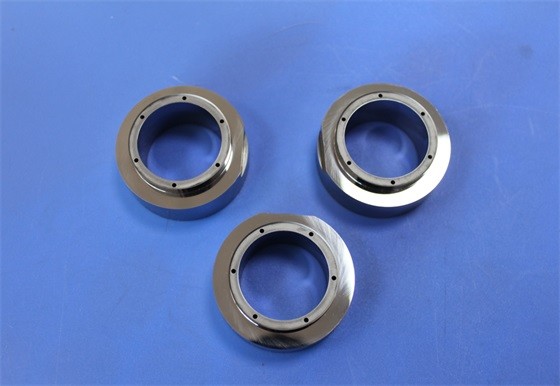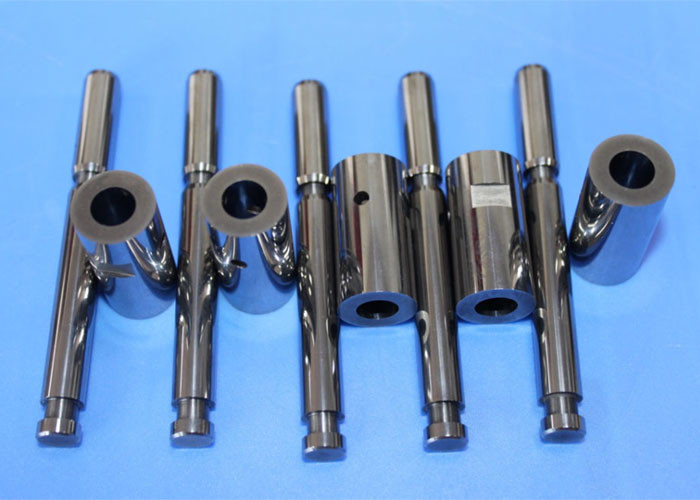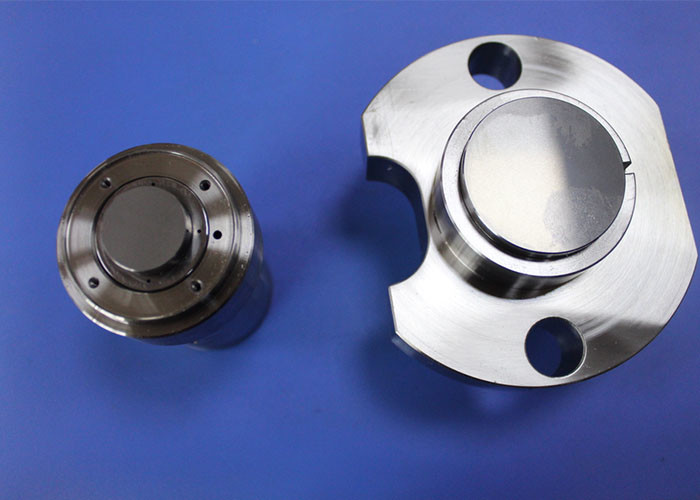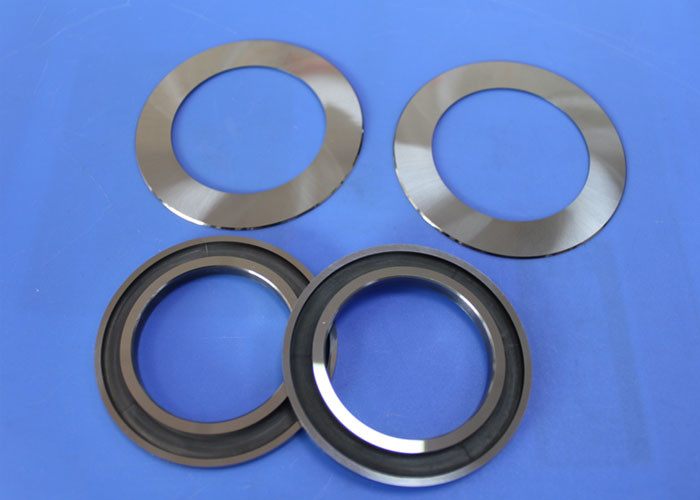Customized Durable Tungsten Carbide Parts , Cemented Black Tungsten Rings
Introduction:
1) Material: A1Stainless steel; B1Cobalt Alloy, cast; B2 Cobalt Alloy, Powder Metal;C1 Tungsten Carbide, C3 Titanium Carbide .
2) Standard: API 11AX
3) resistance against corrosion and oxidation;
The non-magnetic tungsten steel sensing magnetic ring is a special type of tungsten steel material, used for the center axis of the AR8 sensing magnetic ring. Non-magnetic tungsten steel refers to that tungsten steel materials are not magnetic or is weakly magnetic. Molding dies for producing magnetic materials require non-magnetic materials. Non-magnetic steel has been used, but its performance is poor. Its disadvantages, like low hardness, short the service life, severely pulled and deformed inner wall after a period, will affect the dimensional accuracy and surface quality of the magnetic material. The use of non-magnetic tungsten steel with its excellent performance can double the work efficiency.
The performance requirements of industrial tool products are to meet the production efficiency and product yield. The non-magnetic tungsten steel sensing ring is produced according to specific mechanical die products application requirements to meet the production operation. And the precision machining is based on the non-magnetic tungsten steel blank material. The development and production of non-magnetic tungsten steel materials has a significant meaning for new cemented carbide materials.
Cemented carbide is a refractory metal carbide (such as tungsten carbide WC) of Groups IVA, VA, and VIA of the Periodic Table of the Elements. The iron group transition metal (cobalt Co, nickel Ni, iron Fe) can be used as a binder phase and sintered by the metallurgical method. The above tungsten carbides are all non-magnetic, while Fe, Co, and Ni are all magnetic, and their Curie points are 770 ° C, 1120 ° C and 354 ° C. Ni (nickel) has a relatively low Curie point and can be lowered to room temperature by some special methods. Therefore, Ni can be used as a binder to obtain non-magnetic tungsten steel material.
Technical parameters:
The performance requirements of industrial tool products are to meet the production efficiency and product yield. The non-magnetic tungsten steel sensing ring is produced according to specific mechanical die products application requirements to meet the production operation. And the precision machining is based on the non-magnetic tungsten steel blank material. The development and production of non-magnetic tungsten steel materials has a significant meaning for new cemented carbide materials.
Cemented carbide is a refractory metal carbide (such as tungsten carbide WC) of Groups IVA, VA, and VIA of the Periodic Table of the Elements. The iron group transition metal (cobalt Co, nickel Ni, iron Fe) can be used as a binder phase and sintered by the metallurgical method. The above tungsten carbides are all non-magnetic, while Fe, Co, and Ni are all magnetic, and their Curie points are 770 ° C, 1120 ° C and 354 ° C. Ni (nickel) has a relatively low Curie point and can be lowered to room temperature by some special methods. Therefore, Ni can be used as a binder to obtain non-magnetic tungsten steel material.







